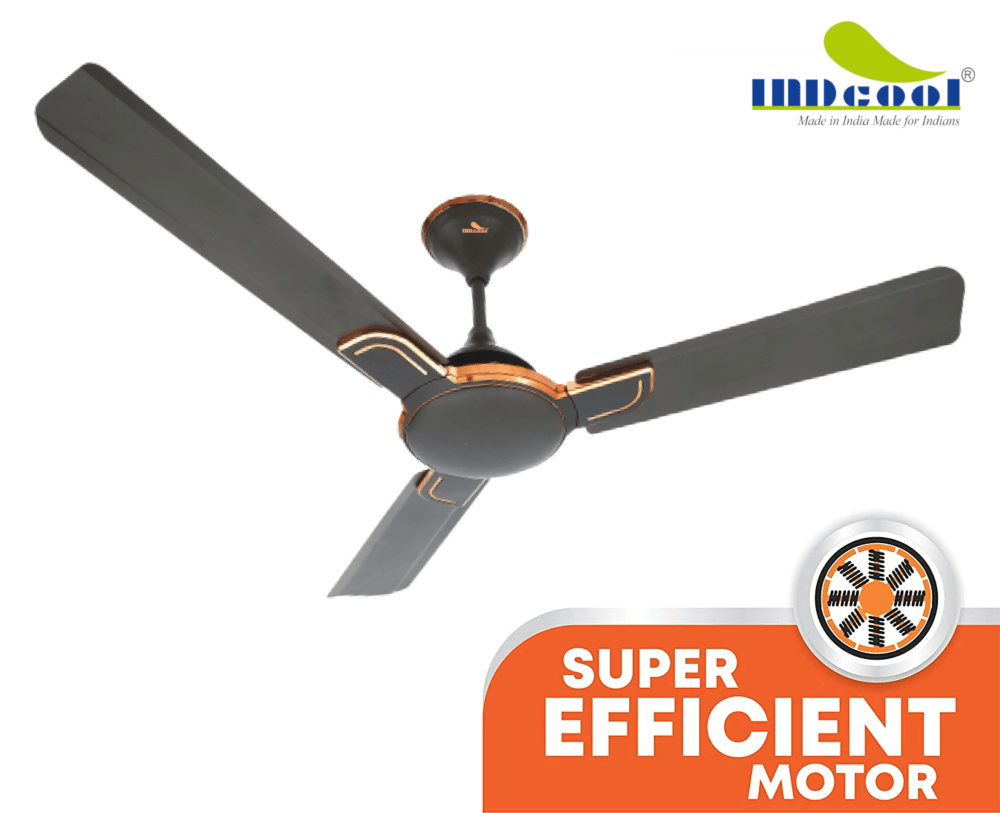
While some problems are simple to resolve, others could call for expert assistance. Therefore, let’s get started and discover how to keep your ceiling fan operating smoothly and efficiently all year long if it isn’t working.
Operation with Noise
- A typical issue among users of ceiling fans is how noisy they are while they operate. The various moving and non-moving components that make up a ceiling fan are held together. Your ceiling fan’s sound issue may be caused by either a set of loose screws or a worn-out ball bearing.
- Solution By tightening the screws, you can solve the noise issue with your ceiling fan. If the ball bearings are the cause of the issue, lubricating them will fix it.
Reduced Speed
- Ball bearings that are unclean or damaged may be the cause of your ceiling fan’s speed issue. People frequently clean the fan blade dust that has accumulated, but they frequently forget that the dust also collects on the ball bearings. Dust has the potential to clog the lubrication, create friction, make the motor work harder than necessary, and reduce speed.
- Solution You only need to grease the ball bearings to fix your ceiling fan’s speed issue. Use rubbing alcohol to clean the ball bearings thoroughly if there is an excessive amount of dust buildup on them.
Unsteady Fan
- Ceiling fans that are shaky look like they might fall to the ground. Three factors, the most prevalent of which are a poor-quality ceiling fan, improper installation, or one or more damaged fan blades, can contribute to the wobble of a ceiling fan.
- Solution Start by making sure that the fan’s components are all properly fastened. The blade tips of the ceiling fan must also be measured in order to determine if they are spaced evenly. One or more fan blades may be bent or deformed if they are not. These fan blades need to be replaced right away.
Stuck on One Speed
- You might have this difficulty as a result of specific problems like dust-clogged ball bearings, broken fans, an overheated motor, or a failing capacitor.
- Solution Simply oil the ball bearings if it is the cause of the issue. It may be necessary to replace a defective fan with a new one. The correct fan blades must be used, or the capacitor must be replaced, if the issue is the motor overheating or the capacitor failing.
Low Voltage
- Your home’s voltage dropping could be the cause of the low voltage issue with your ceiling fan. Problems with ceiling fan speed may result from this.
- Solution There are two ways to fix this issue: either you can increase the speed of your ceiling fan by increasing the capacitor value, or you can notify your power provider of a low voltage supply issue.
Capacitor Burn-out
- A ceiling fan speed issue will arise if the capacitor in the ceiling fan isn’t functioning properly. A capacitor will either sustain minor damage or total burnout. Frequently, swelling plastic or coloration make a damaged capacitor noticeable to the human eye.
- Solution The damaged capacitor will have to be changed out for a new one.



Leave a Reply